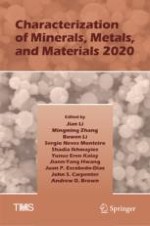2020 | OriginalPaper | Chapter
Effect of Microstructure on Cleavage Fracture of Thick-Section Quenched and Tempered S690 High-Strength Steel
Authors : V. M. Bertolo, Q. Jiang, C. L. Walters, V. A. Popovich
Published in: Characterization of Minerals, Metals, and Materials 2020
Publisher: Springer International Publishing
Activate our intelligent search to find suitable subject content or patents.
Select sections of text to find matching patents with Artificial Intelligence. powered by
Select sections of text to find additional relevant content using AI-assisted search. powered by
